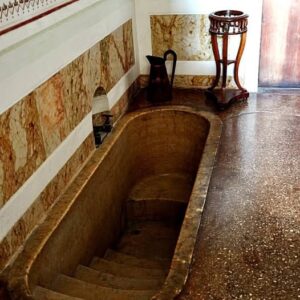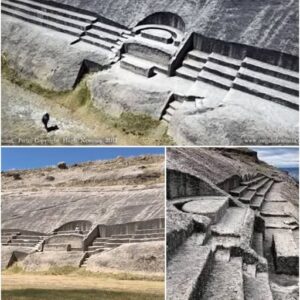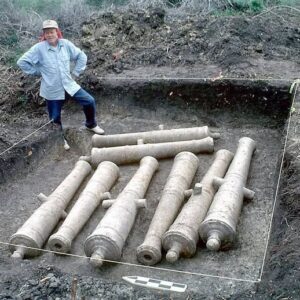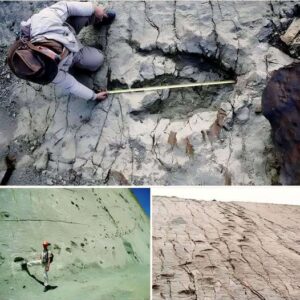The Pyramid of Unas, located near the ancient city of Memphis in Egypt, stands as a remarkable example of Old Kingdom architecture. Commissioned for Pharaoh Unas, the last ruler of the Fifth Dynasty, this unassuming structure holds a unique place among royal tombs. What sets it apart is its burial chamber, adorned with the earliest known inscriptions of the Pyramid Texts.
These texts are a collection of religious rites and spells designed to guide the pharaoh in the afterlife. Covering the chamber walls from floor to ceiling, they mark a significant advancement in ancient Egyptian burial practices. They offer profound insights into the soul’s journey beyond death, encapsulating the belief system of the time.

Despite its significance, some mysteries shroud the purpose of certain aspects of the burial chamber. While a sarcophagus is present, the absence of a mummy and traditional grave goods raises questions. It has been speculated that theft may have occurred, but scholars propose a different interpretation based on the inscriptions themselves.
The Pyramid Texts suggest a dual function for the burial chamber. Beyond serving as a final resting place for Unas, it may have also functioned as a ceremonial site. The inscriptions, physically etched into the walls, could have been intended to spiritually guide the pharaoh on his journey. This duality creates a unique blend of ritual and burial practices, consolidating both aspects into a single sacred space.
In essence, the Pyramid of Unas stands as a testament to the ancient Egyptians’ intricate understanding of the afterlife. Its construction and inscriptions offer a glimpse into the beliefs and rituals that surrounded death and rebirth in this ancient civilization. Despite lingering mysteries, this architectural marvel continues to captivate historians and visitors alike, preserving the legacy of Pharaoh Unas and the enduring allure of Egypt’s ancient past.





